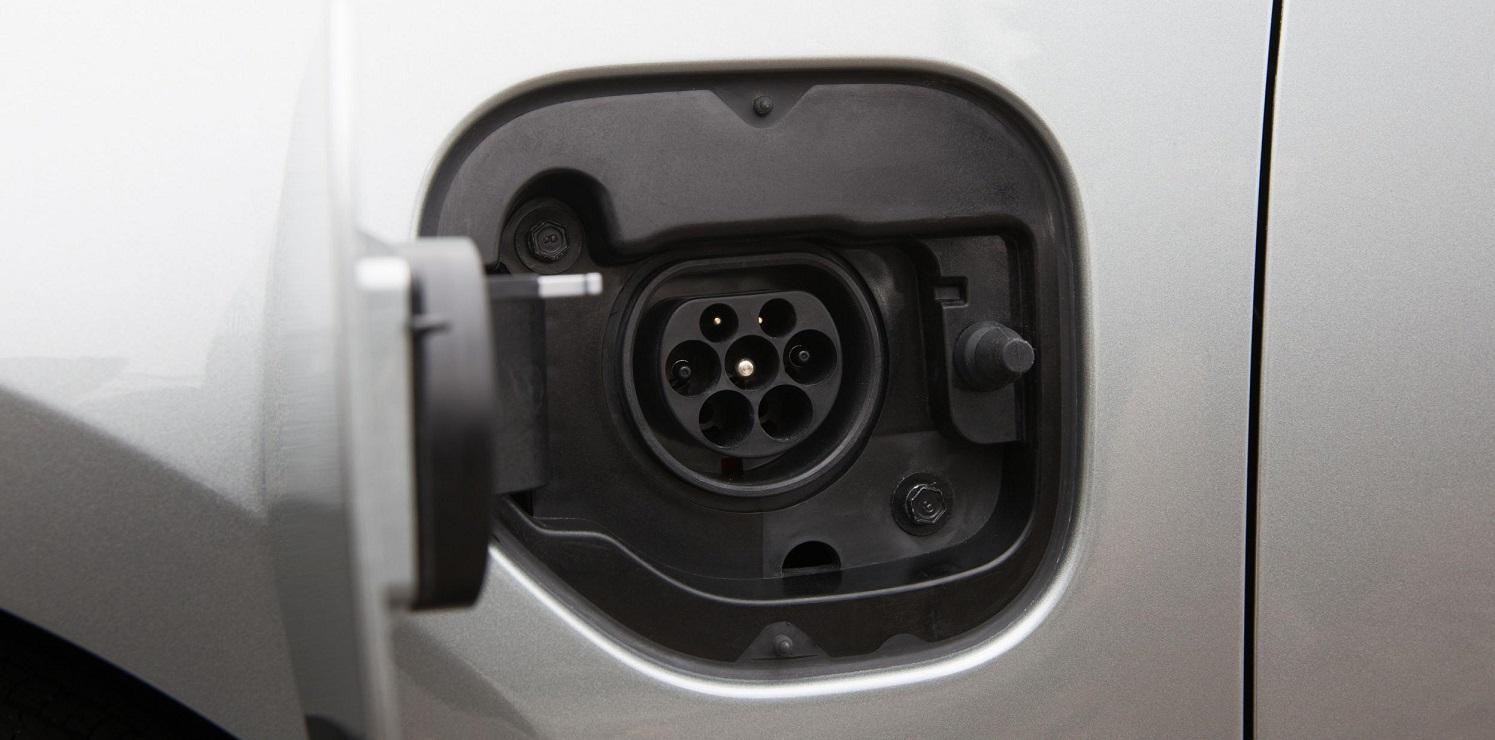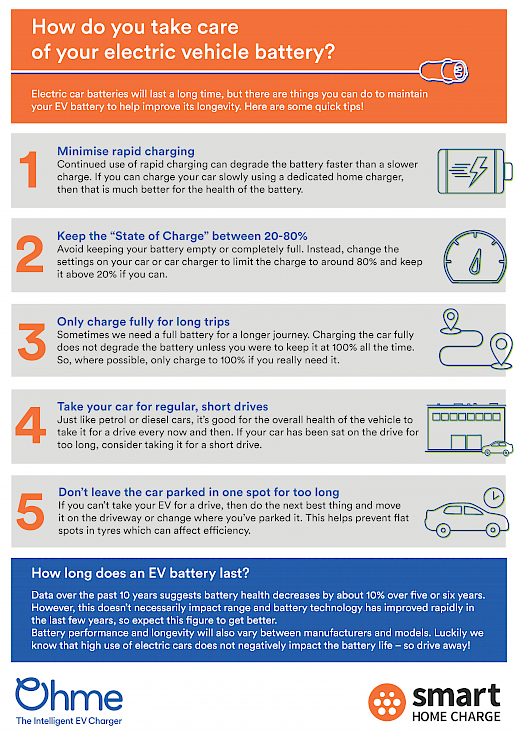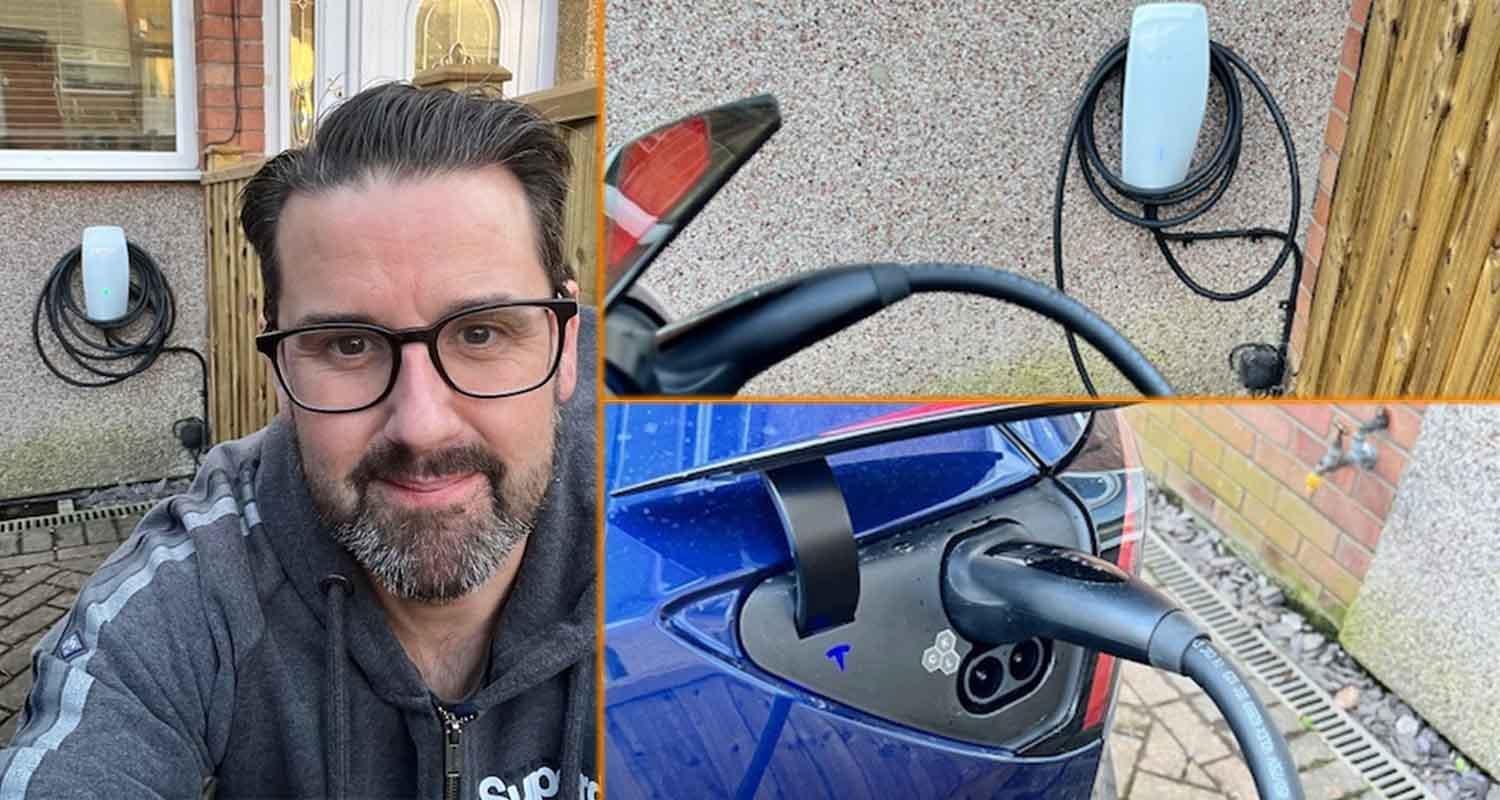How do you take care of your electric car battery?

Read this guide for tips and advice on how to maximise the life and performance of your EV battery.
Electric car batteries will last a long time, but there are things you can do to maintain your EV battery to help improve its longevity. Here are some quick tips or you can scroll down the page for more detailed advice.
Quick tips to maintain an electric car battery:
- Minimise rapid charging
- Keep the “State of Charge” between 20-80%
- Only charge fully for long trips
- Take your car for regular, short drives
- Don’t leave the car parked in one spot for too long
How long does an EV battery last?
Although battery tech has been around for ages, we’re still learning about the longevity of electric car batteries. But the good news is that so far… it’s good news.
There are plenty of examples of electric cars covering well over 100,000 miles and many early mass-produced EVs are on the used car market with the battery’s State of Health (SOH) still high.
Data over the past 10 years suggests battery health decreases by about 10% over five or six years. However, this doesn’t necessarily impact range and battery technology has improved rapidly in the last few years, so expect this figure to get better.
Most manufacturers offer a warranty on the battery for eight years or 100,000 miles which is much longer than most people keep a vehicle.
Battery performance and longevity will also vary between manufacturers and models. Luckily we know that high use of electric cars does not negatively impact the battery life – so drive away!
Can you minimise battery degradation in electric cars?
Battery degradation is a natural process and over time any battery will lose some “juice”.
However, it’s a lot more important to maintain the battery in an electric car because it’s something that will be used for a long time by you or someone after you. We also want to ensure maximum range and performance from our electric cars while we’re using them.
In addition, many electric car batteries go on to have a “second life” once their usefulness in powering four wheels has waned. These batteries are often used for energy storage, meaning one lithium-ion battery originally designed for an EV could be used for decades.
Obviously, we want to maximise the life of the battery as it benefits us but also minimises the impact on the environment.
Fortunately, there are things you can do to maximise the life of your car’s battery. Here’s a few tips to help maintain an electric car battery.
Tips to maintain an electric car battery
- Minimise rapid charging
Rapid charging is great when you need a charge quickly, particularly if you’re only stopping between meetings perhaps or you’re on a long drive. While you shouldn’t be scared to use rapid chargers whatsoever, continued use can degrade the battery faster than a slower charge. Think of it this way, if you can charge your car slowly using a dedicated home charger (overnight for example) then that is much better for the health of the battery. - Keep the “State of Charge” between 20-80%
Avoid keeping your battery empty or completely full. Instead, change the settings on your car or car charger to limit the charge to around 80% and keep it above 20% if you can.
Most daily or weekly driving is easily covered by the range of most EVs. In fact, most of us don’t even need it fully charged, so try to keep it between 20% and 80% except for longer trips. - Only charge fully for long trips
Sometimes we need a full battery for a longer journey. Charging the car fully does not degrade the battery unless you were to keep it at 100% all the time (see tip 2). So, where possible, only charge to 100% if you really need it. Most electric cars have in-built navigation that will tell you if you can reach your destination with the current state of charge, or plan ahead by using Google Maps to see if you need to charge to 100% or not. - Take your car for regular, short drives
This tip shouldn’t be too taxing. Just like petrol or diesel cars, it’s good for the overall health of the vehicle to take it for a drive every now and then. If your car has been sat on the drive for too long, consider taking it for a short drive. - Don’t leave the car parked in one spot for too long
If you can’t take your EV for a drive, then do the next best thing and move it on the driveway or change where you’ve parked it. This helps prevent flat spots in tyres which can affect efficiency.












